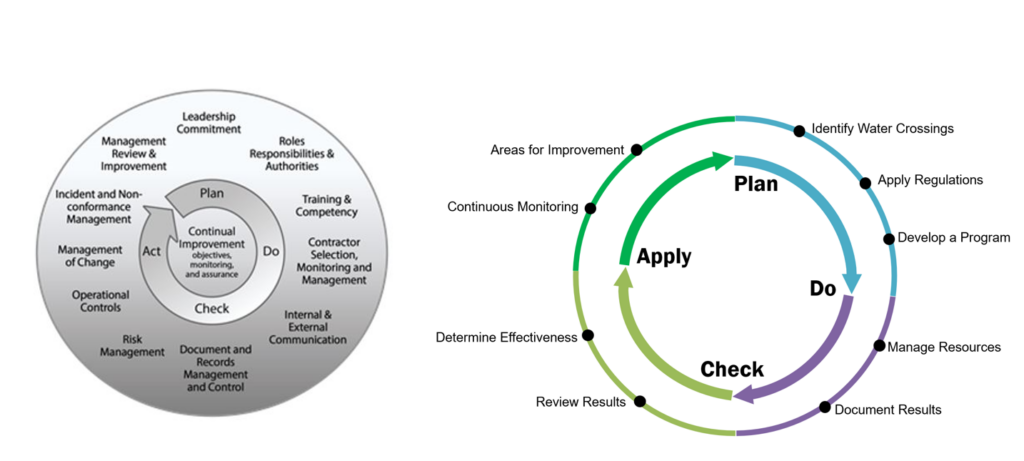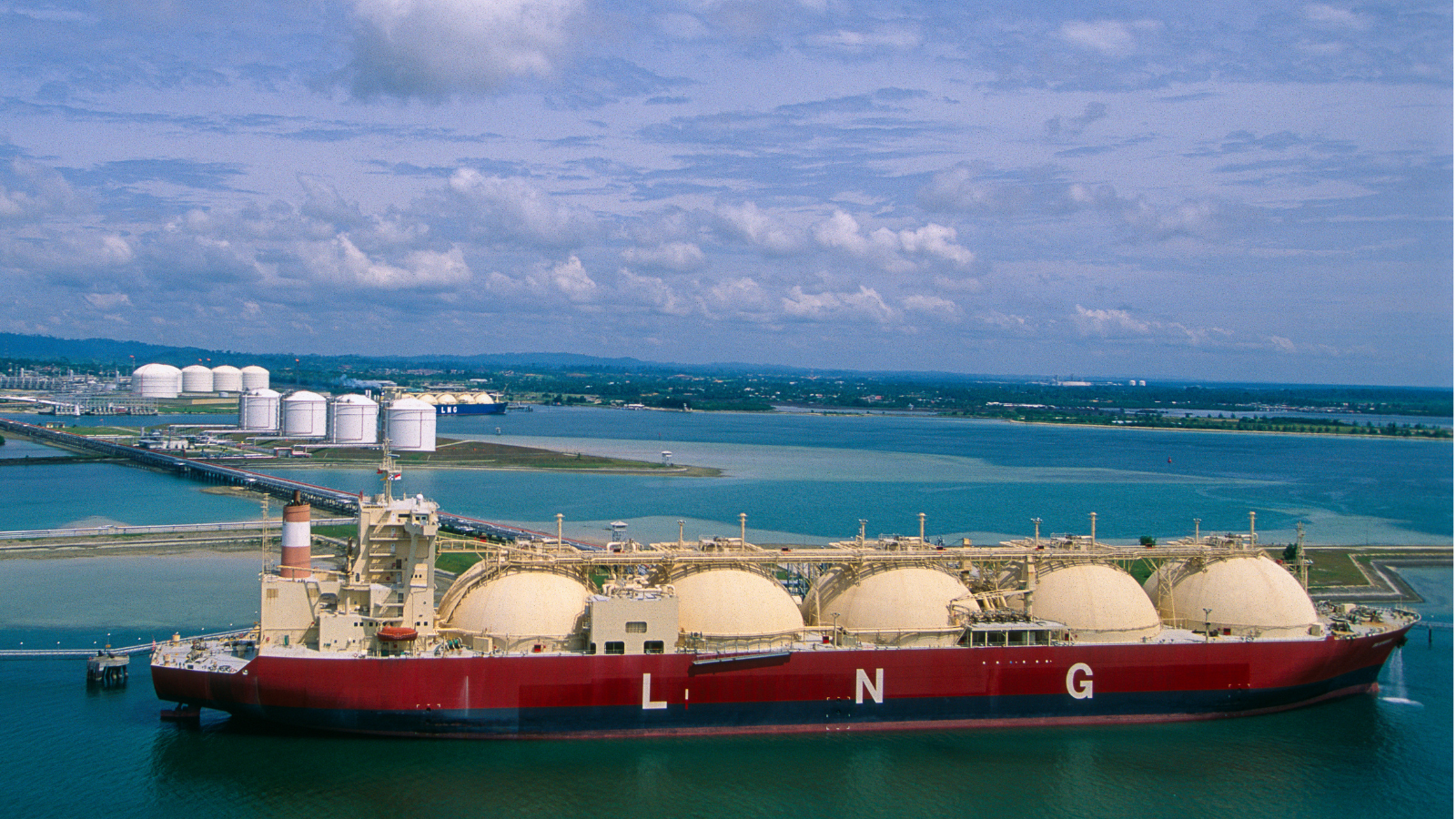The Canadian Standards Association’s Designated Geographical Areas (DGA) was created to minimize the impact an incident may have on waterbodies of concern, which in turn has elevated the importance of including water crossing inspections as part of a company’s asset integrity program. GDM’s Crossing Manager, a module of our Converge solution, helps to identify, prioritize, and manage pipeline water crossing inspection programs, including providing risk scores to identify potential issues before they occur.
Previously, determining how surrounding waterways may be affected by a release, companies would identify areas where smaller bodies of water were within close proximity to a pipeline water crossing. The Strahler Stream Order would classify this as low impact, but its proximity to the pipeline and large water body indicates the stream may influence complications. Under this classification methodology, there wasn’t a way to reclassify the stream to a higher risk.
For further information on the practical use of the Strahler Stream Order and the challenges of proximity, download the paper The 4-Step Guide to Effective Pipeline Water Crossing Management, co-authored by GDM.
In response, GDM, in a joint venture with Crescent Point Energy Corp. (Crescent Point), developed an Intelligent Hydrology Network Model (IHNM); a proximity smart network hydrology system that gives users, including Crescent Point users, the ability to automate and customize water crossing categories based on certain proximity factors. This GDM Converge IHNM can help detect a higher category waterbody downstream and elevate the water crossing category by reclassifying the crossing’s potential risk based on the new proximity buffer.
Moreover, GDM Converge IHNM can compute the water crossing erosion rate and instantly generate the projected depth of cover to calculate the erosion rate over time. As new depth of cover data enters the system, the system recalculates the information based on the latest data to determine if follow-up is needed for verification.
Leveraging the GDM Converge IHNM platform improves the data quality, reduces the data analysis process timeline, and develops normalized and standardized annual planning effectively and efficiently. The result is an intelligent and risk-based approach that helps companies make smarter risk decisions in allocating budget to areas within their water crossing inspection plan that need it most.
As with any integrity process implementation that falls under the CSA Z662:23 Safe and Loss Management System, it is essential to apply a set of continuous, repeatable steps that will help you to implement and enforce best practices. When it comes to pipeline water crossing inspection programs, these steps are Plan → Do → Check → Apply. Each of these 4 steps includes a series of actions to implement and follow to ensure your program is as effective as possible.

Figure 1: The CSA’s standard for continuous improvement including objectives, monitoring and assurance (left) along with the repeatable process available using GDM Converge (right).
Crescent Point Energy is proud to spearhead the development and implementation of this intelligent solution for the oil and gas industry within western Canada and North Dakota and is pleased with the results of the joint venture with GDM. Crescent Point believes this solution will be very useful for years to come. Feedback from public presentations indicate that this solution can help many energy companies conduct water crossing inspection programs as required by the CSA Z662 Standards, Regulations and Acts.
Alternate use cases have arisen including incorporating water crossing inventories from acquisition and divestitures into current systems and processes. If both companies use Converge as platform of choice for their planning process, the integration and alignment is instantaneous. And finally, we anticipate that more use cases to leverage Proximity Factors in greater application will come to light as Regulations evolve.
To set up a demo on how Converge can help you automate your water crossing program, contact us today.



